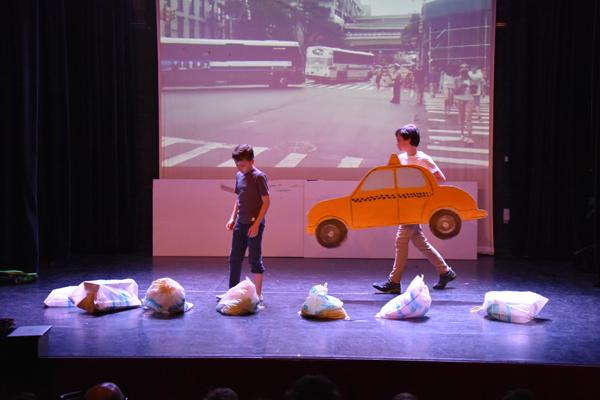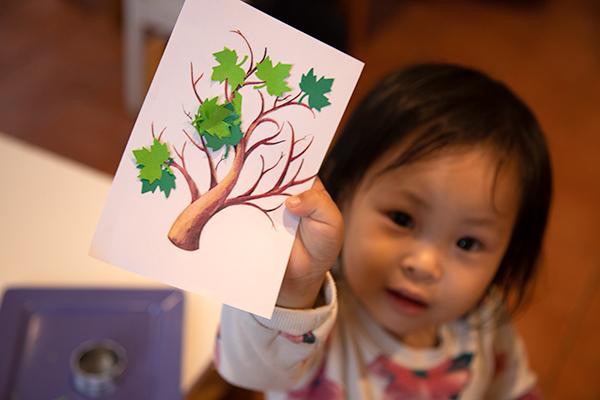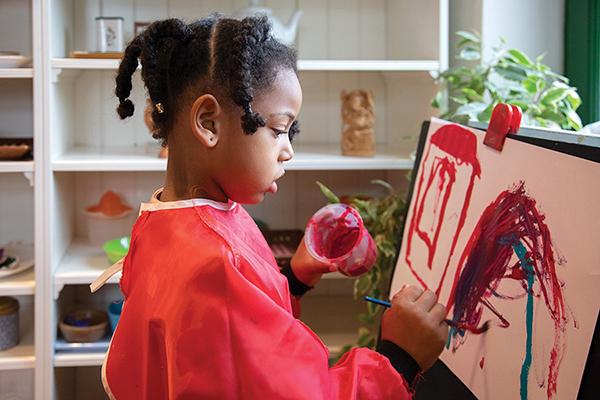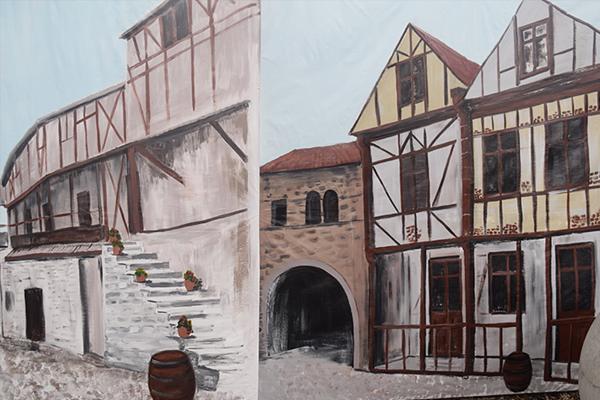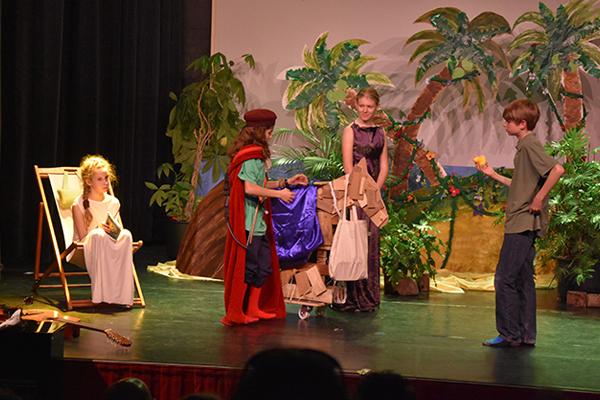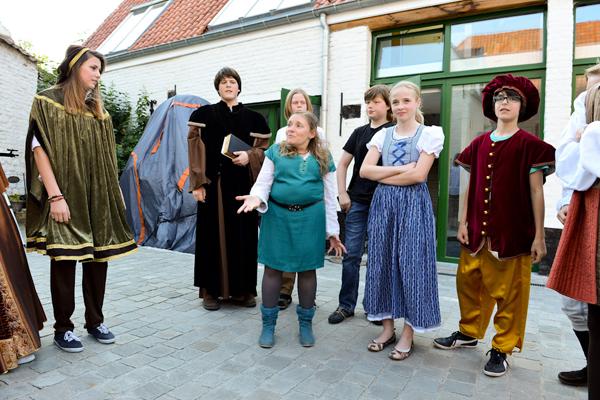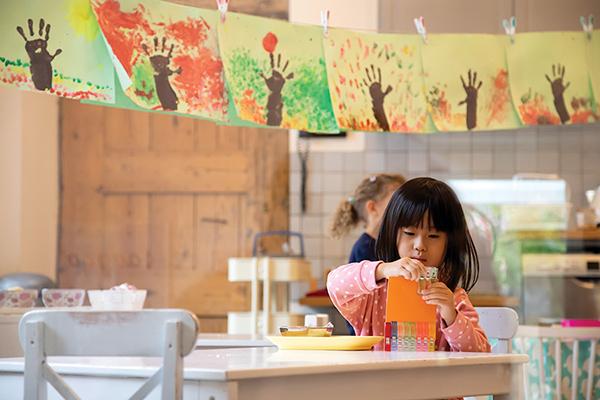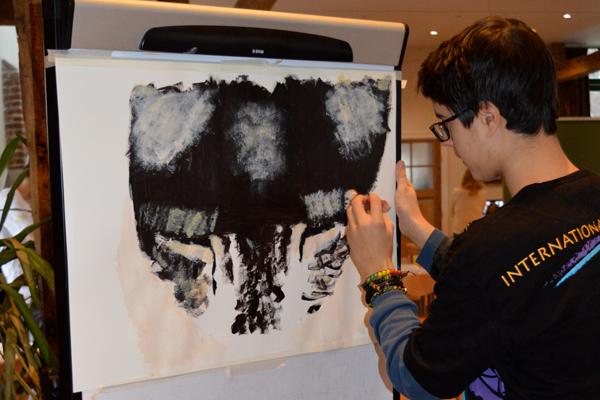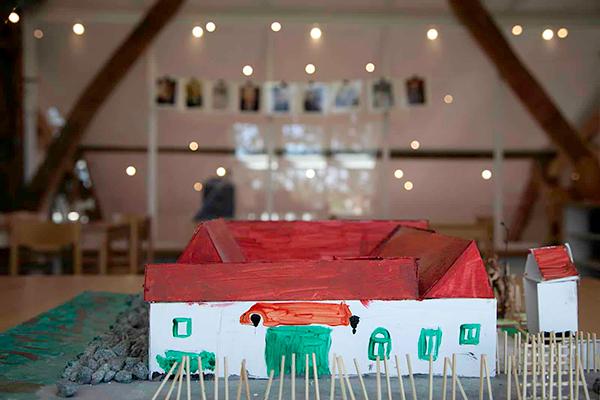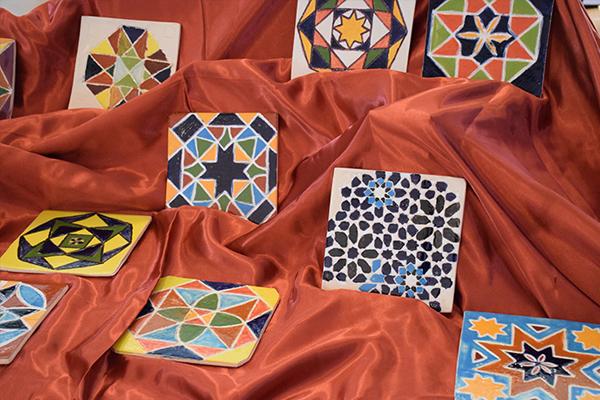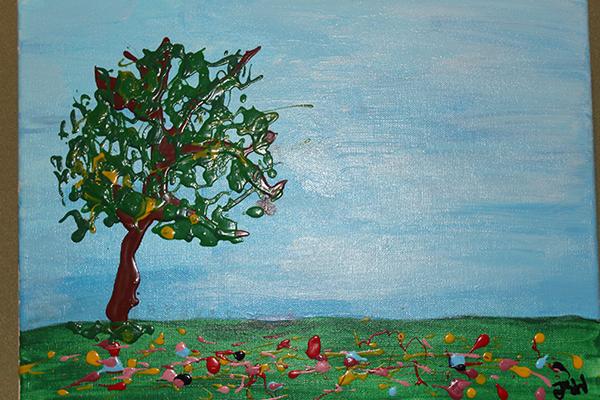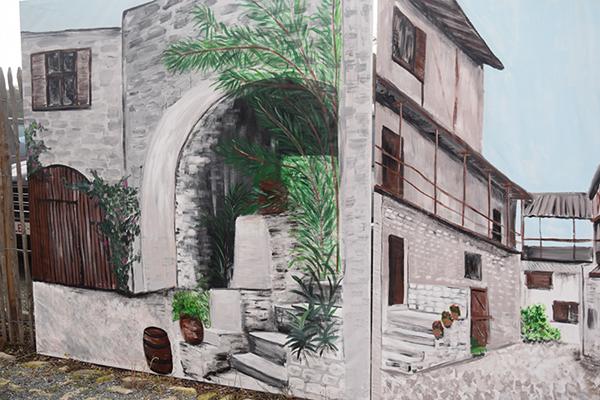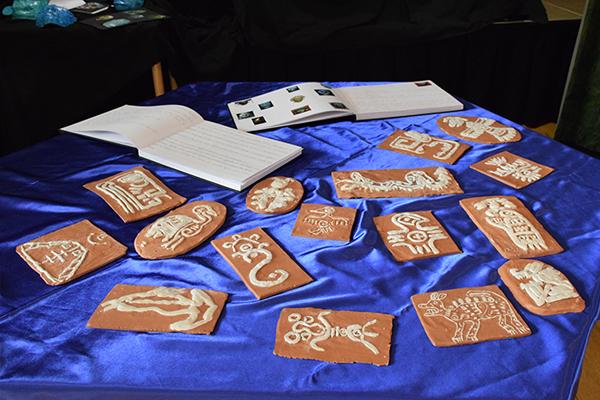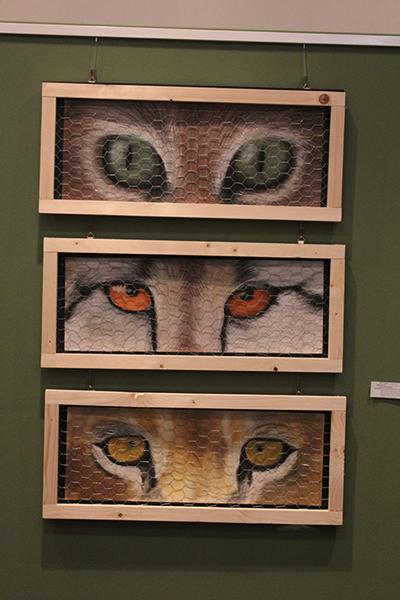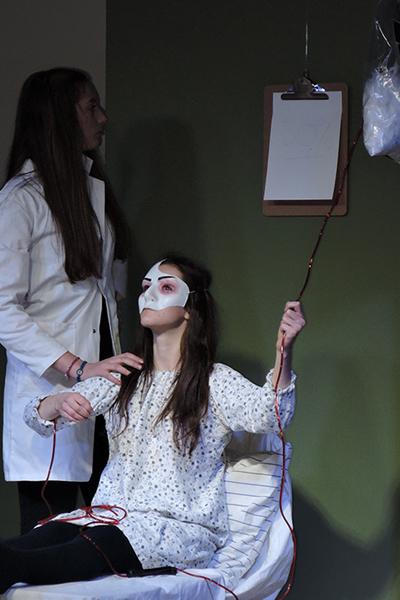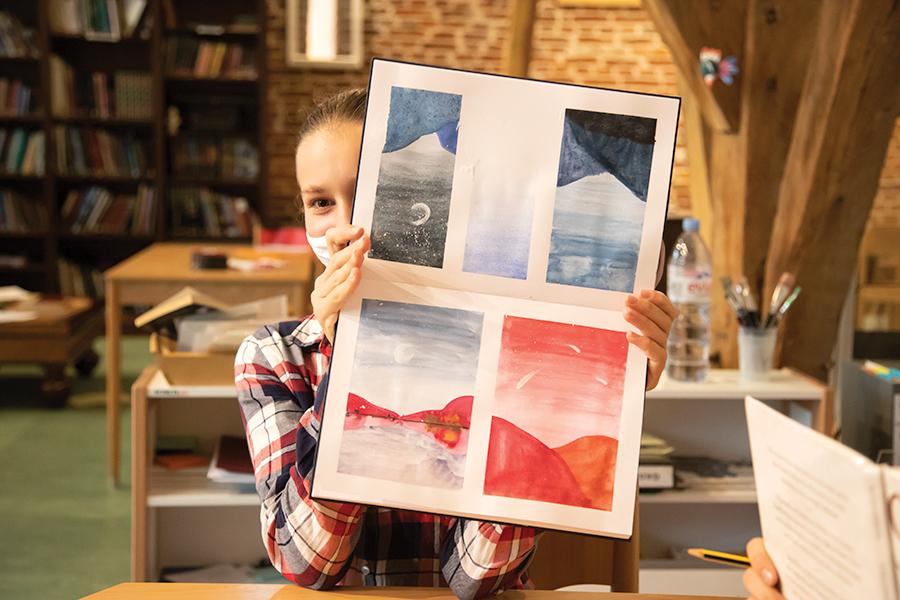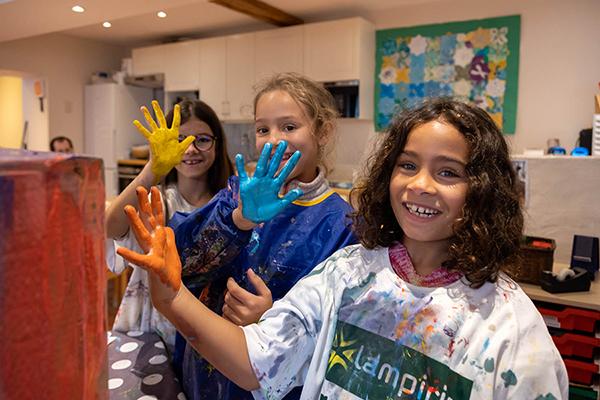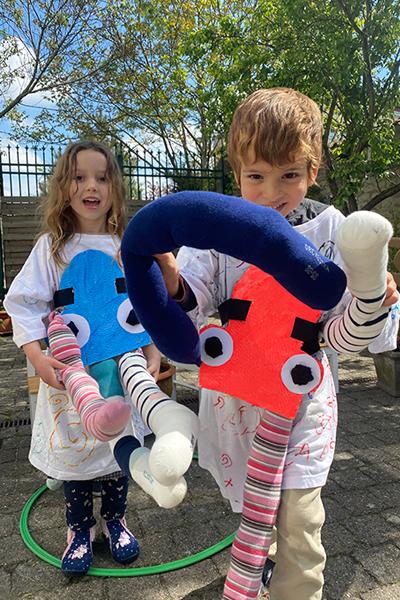

Performing Arts and Visual Arts
Performing Arts
The Primary and Middle Years Programme students create yearly theatre productions. In the Diploma Programme, theatre continues as a practical subject that enables students to discover and engage with different forms of theatre across time, place and culture and promotes international-mindedness.
These productions are completely unique and are often related to a topic of study. The entire production is created in collaboration with classroom teachers, music teachers and students. Together, they write the script, practice songs, arrange music, create the props, costumes and much more! Regularly, parents also share their skills and help make props or costumes. These events are so interesting and stimulating that the children and teachers like to perform several times. Therefore, also all Children’s House children are invited to attend the general dress rehearsals. This is a wonderful opportunity for the young children to be the audience in a large theatre and to see what they will be involved with in the future. For the Primary students it is a great way to practice with an enthusiastic audience!
The Primary theatre productions are held at the fully equipped Cultural Centre de Kam in Wezembeek-Oppem and/or De Warandepoort in Tervuren.
The Middle Years Programme students build upon their experiences in Primary and add extra challenges to their productions. They regularly use the fully equipped school theatre, but have also done performances in the school’s courtyard and in the park. Thus experimenting with light and sound.
In the Diploma Programme, Theatre is a practical subject that encourages discovery through experimentation, the taking of risks and the presentation of ideas to others. It results in the development of both theatre and life skills; the building of confidence, creativity and working collaboratively. It gives students the opportunity to make theatre as creators, designers, directors and performers. It offers the opportunity to engage actively in the creative process, transforming ideas into action as inquisitive and productive artists. Students experience the course from contrasting artistic perspectives. They learn to apply research and theory to inform and to contextualise their work.
Through the study of theatre, students become aware of their own personal and cultural perspectives, developing an appreciation of the diversity of theatre practices, their processes and their modes of presentation.
Visual Arts
Visual arts starts with art and crafts in the Toddler Community and Children’s House. Children learn different techniques and make objects related to their themes such as making maquettes of the Wall of China, the Taj Mahal in India or closer to home: our own Atomium! Children also paint, colour, draw and glue as part of their daily work cycle. They are exposed to works by many different artists, styles and cultural art forms. Activities are set up in the classrooms in such a way that the children can try them out for themselves.
Visual arts is very much part of the integrated curriculum of the Primary. It is not an isolated activity only done during an allotted time but instead as a daily activity that is integrated in the students’ studies. They can make parts of the flower out of styrofoam, a volcano that really functions, and a river in the sandpit to learn about erosion. Creating beautiful posters and studies that contain their knowledge on plants, animals, historical periods, countries or continents in the process. Working with one’s hands and making things beautiful influences concentration and motivation, therefore art and academics should not be separated.
In the Middle Years Programme students continue developing their many skills. They now receive art from specialist teachers and evolve their work on the different techniques including pottery, painting still life, comic strip drawing, etching and much more. Work is displayed during art exhibitions and is incorporated with their academic work and theatre productions. Truly beautiful pieces are created!
The Diploma Programme consists of six subject groups and students choose one subject from each group. Group 6 is Art, and the school offers both Visual and Performing Arts as graduating subjects. This variation of subjects helps students remain balanced in working with their hands and as well as their head! The Visual Arts course encourages students to actively explore the arts across a variety of local, regional, national, international and intercultural contexts. Through inquiry, investigation, reflection and creative application, visual arts students develop an appreciation for the expressive and aesthetic diversity in the world around them, becoming critically informed makers and consumers of visual culture.
